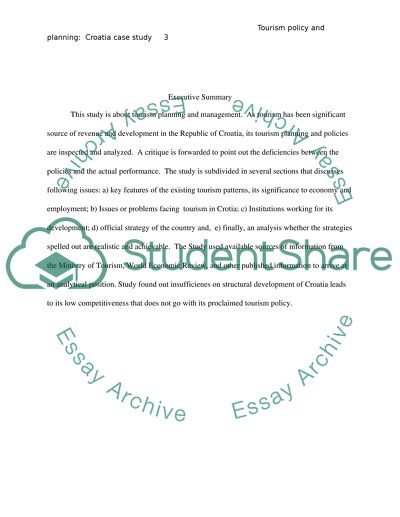Cite this document
(“A critique of tourism policy and planning in Croatia Essay”, n.d.)
Retrieved from https://studentshare.org/tourism/1403609-a-critique-of-tourism-policy-and-planning-in
Retrieved from https://studentshare.org/tourism/1403609-a-critique-of-tourism-policy-and-planning-in
(A Critique of Tourism Policy and Planning in Croatia Essay)
https://studentshare.org/tourism/1403609-a-critique-of-tourism-policy-and-planning-in.
https://studentshare.org/tourism/1403609-a-critique-of-tourism-policy-and-planning-in.
“A Critique of Tourism Policy and Planning in Croatia Essay”, n.d. https://studentshare.org/tourism/1403609-a-critique-of-tourism-policy-and-planning-in.


